Anyway, without any further delay, here are my recommendations for you to consider, take to the beach, or peruse while hanging in a hammock (my favorite summer pastime, as many of you know).
The Signal and the Noise: Why So Many Predictions Fail – But Some Don’t
It only seems fitting that I’m writing about this book while the movie Money Ball is playing on the television in the background. That’s because Nate Silver, the author of The Signal and the Noise: Why So Many Predictions Fail – But Some Don’t, first gained public notice when he devised a new and innovative method for predicting the performance of baseball players, which by the way, he later sold for a tidy sum to the Web site, Baseball Prospectus.
No slug, Silver then went on the win big at the poker tables and to reinvent the field of political predictions (check out his blog Five Thirty-Eight, named as a nod to the number of votes in the Electoral College).
Silver doesn’t spend much time explaining to the reader how he develops his prediction algorithms. Rather, he evaluates predictions in a variety of fields, including epidemiology, weather and finance. For example, he explains the reason why we are not even close to predicting the next killer bird flu epidemic or the next ruinous earthquake.
If you are hoping to find a book that has riveting tales about success in the face of long odds, this isn’t it. But if you are interested in gaining great insights into the pitfalls of the increasingly over-used term, “predictive analytics,” this book is for you.
Although this book may seem out of place on a reading list for healthcare data geeks, I would argue it is absolutely appropriate and one that you should give serious consideration to reading.
When Dr. Paul Kalanithi sent his best friend an email in May 2013 disclosing that he had terminal cancer, he wrote: “The good news is that I’ve already outlived two Brontës, Keats and Stephen Crane. The bad news is that I haven’t written anything.” But that changed in a powerful and beautiful way – with only 22 months left to live, Dr. Kalanithi, who died at age 37, overcame pain, fear and exhaustion to write this profoundly insightful and moving book, When Breath Becomes Air.
On an emotional level, this book is unbearably tragic. But it is also an oft-needed reminder that all of healthcare is and should be about the people we serve with our work, whether directly like Dr. Kalanithi or indirectly in supporting roles. As I read about Kalanthi’s struggle to understand who he became once he could no longer perform neurosurgery, and what he wanted from his remaining time, my heart broke. And when I read about a terrible period of time when his oncologist was away and he was treated by an inept medical resident who nearly hastened his death by denying him one of the drugs he desperately needed, my anger left me fuming at the unconscionable gaps in our healthcare systems.
Here’s the bottom line – I am including this book on my list this year because it is beautifully written and because it is a sober reminder about the importance of our collective efforts to deliver high quality, compassionate care to all who seek medical attention. We must continue the fight and Dr. Kalanthi’s story serves to remind us exactly why.
Nudge: Improving Decisions About Health, Wealth, and Happiness
Nudge – to give (someone) a gentle reminder or encouragement. – Webster’s Dictionary
As I was packing away some of the books on my office shelves (to make room for new books), I couldn’t help but stop and flip through Nudge one more time.
Few people will be surprised to learn that the setting in which individuals make decisions often influences the choices they make.
How much we eat depends on what’s served on our plate. The items we pick from the cafeteria line correspond with whether the salads or the desserts are placed at eye level (although I can argue that no matter where dessert is, I will find it). The magazines we buy depend on which ones are on display at the supermarket checkout line.
But the same tendency also affects decisions with more significant consequences: How much families save and how they invest; what kind of mortgage they take out; which medical insurance they choose; which cars they drive.
Behavioral economics, a new area of research combining economics and psychology, has repeatedly documented how our apparently free choices are affected by the way options are presented to us.
This practice of structuring choices is called “choice architecture” and Richard Thaler and Cass Sunstein’s book is an insightful journey through the emerging evidence about how decisions are made and how individuals and policy makers can make better ones.
Thaler and Sunstein apply the principles of choice architecture to a few problems in healthcare:
- How could Medicare part D be improved?
- How can organ donation rates be increased?
- Why shouldn’t patients be allowed to waive their right to sue for medical negligence in return for cheaper health care?
But the concepts in the book go well beyond their specific examples and could prove very useful to practicing clinicians who, the authors note, are often in the position of being choice architects for their patients.
Although there is still a lot of work to be accomplished (a lot), some of the principles of choice architecture are beginning to find their way into projects to promote better care, ensure better health outcomes and lower costs. These include, but are not limited to:
- Alignment of incentives with desired and measurable outcomes (e.g., improved provider reimbursement for the active and measurable care coordination of diabetic patients).
- Default care options that support better health practices (e.g., childhood immunizations).
- Communication about care and treatment choices and their associated outcomes in patient-friendly formats (e.g., structure and well supported, informed, decision making programs).
- Systems that expect and therefore are designed to prevent, detect and minimize errors and improve patient compliance (e.g., pill cases and inhalers with dosage counters, alerts and reminders).
Nudge still holds up on a second reading – the examples are interesting and fun. More important, the information in this book absolutely has the potential to change the way you think about healthcare systems and the delivery of patient care.
And there you have it – my 2016 summer reading list for geeks.
But before I sign-off, I want thank all of my dedicated newsletter subscribers; the purchasers of The Best Boring Book Ever series; and the greatest clients one could have for the chance to work together as we endeavor to “show and see” new opportunities to improve healthcare. We look forward to visualizing even more healthcare with you.
Happy reading!
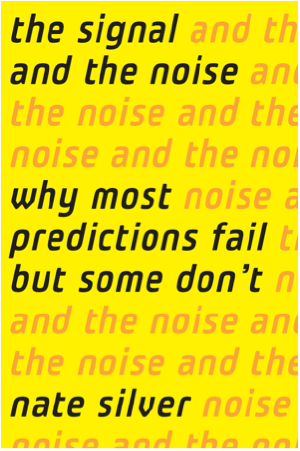
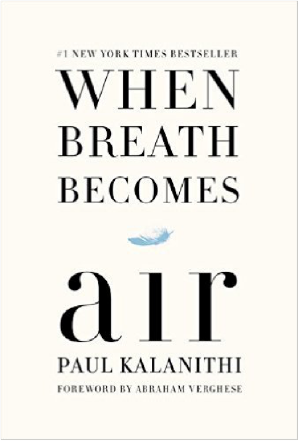
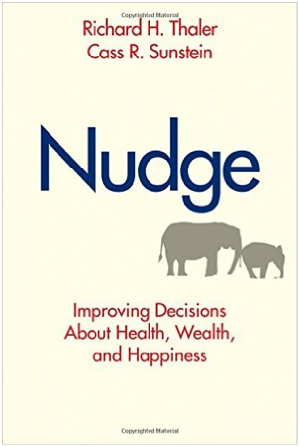

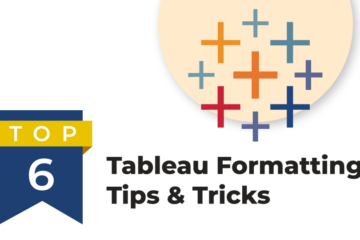
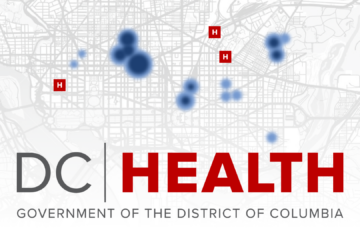
0 Comments